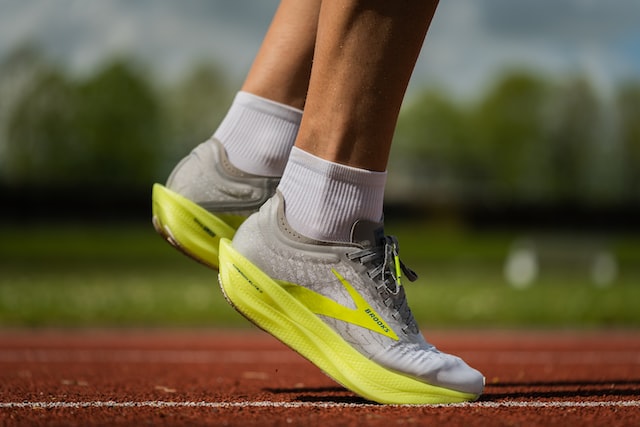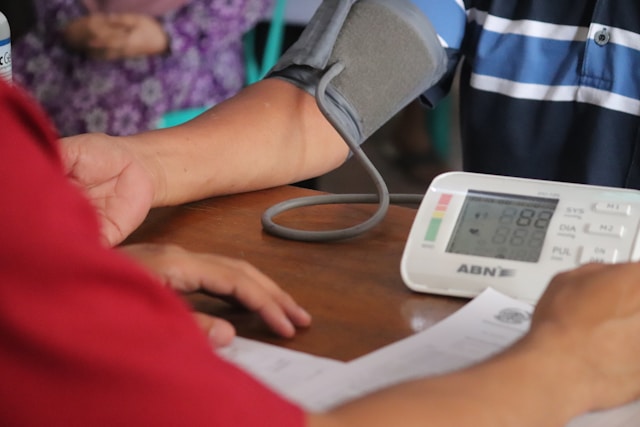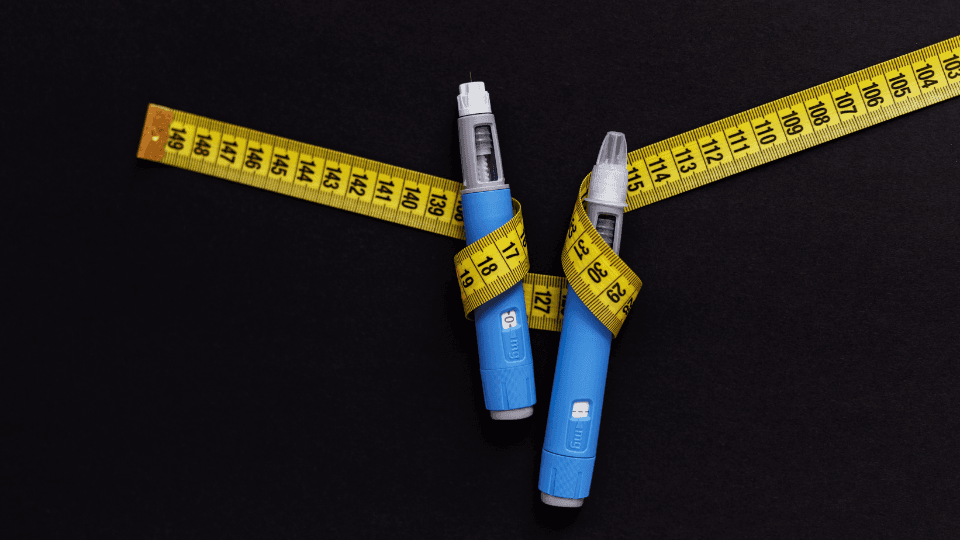Back
Feb 23, 2023
Running Socks: Overlooked and Undervalued

Lauren Brown | Podiatrist
The beauty of running is that all you need is a pair of running shoes and some socks to get going. Running shoes grab all the headlines but have you ever tried to run without socks?
Not many people give a second thought to their socks or what qualities a running sock should have before grabbing the nearest pair. You might not know it, but there is a lot of technology that goes into making a good running sock.
A running sock has quite a job to do while you are pounding the pavement:
Its main job is protection. It must protect your skin from blistering, moisture, friction, and the shoe. To do this, it needs to fit correctly and to flex freely with your foot. There is nothing worse than getting going on your run only to be halted by the seam of your socks rubbing painfully on a toe or a fold in the sock feeling like a pebble under your foot. Friction blisters caused by a wet sock with poor moisture-wicking properties are also a common issue. Most of these irritations result in you stopping, taking off a shoe and trying to resolve your sock issue. There goes your momentum and perhaps you even decide to call the run short. A good pair of running socks can avoid all of this so let’s dig deeper into what makes a good running sock.
The fit of the sock is vital. The best running sock in the world will probably feel terrible if it is 6 sizes too small for you. Most running socks will have a snug fit with some light compression but are designed to be highly flexible so as to expand and move freely with your foot. Remember, the fit of the sock also impacts the fit of the shoe. When fitting a running shoe, we have to make sure that there is enough space lengthwise and widthwise. The perfect sock will enhance this fit to get the perfect fit and feel from the shoe. Sock fit is a real personal preference. Some like thick socks, some like thin or even a combination of a thick sole and a thin top. Try a few types and brands to figure out what works best for you.
A key factor in a running sock’s protection and comfort is that it is seamless. In my view, a running sock with seams is not a running sock at all. The toe-box should be reinforced and thicker to provide extra protection from friction around your toes but should give enough space to allow your toes to flex safely and comfortably. The yarn that the sock is woven from is also important and should have moisture technology that wicks moisture away from the surface of the skin to keep it dry. It's important to keep the skin dry and well ventilated or else you run the risk of developing painful blisters at friction hotspots.
Some of my favourite socks are:
The Balega Ultraglide (thick sole, thin top)
The Injinji Running Sock (thin and light)
The Falke Trail-Running sock (thicker, for extra protection on the trails)
The Versus RUN sock (seamless, anti-blister, cushioned)
So, remember to go through the following checklist the next time you are purchasing some running socks:
Is it seamless?
Will it wick moisture away from the skin?
Does it fit well and feel comfortable?
Happy running!













